SEARCH






|
|
|
|


by Editor Siarhei Mikhaliuk
We all see a photo differently. We all build and percieve compositions in different ways.
It is the composition that determines the individuality of the photographer.
It would be brave to say: No composition – no photo …
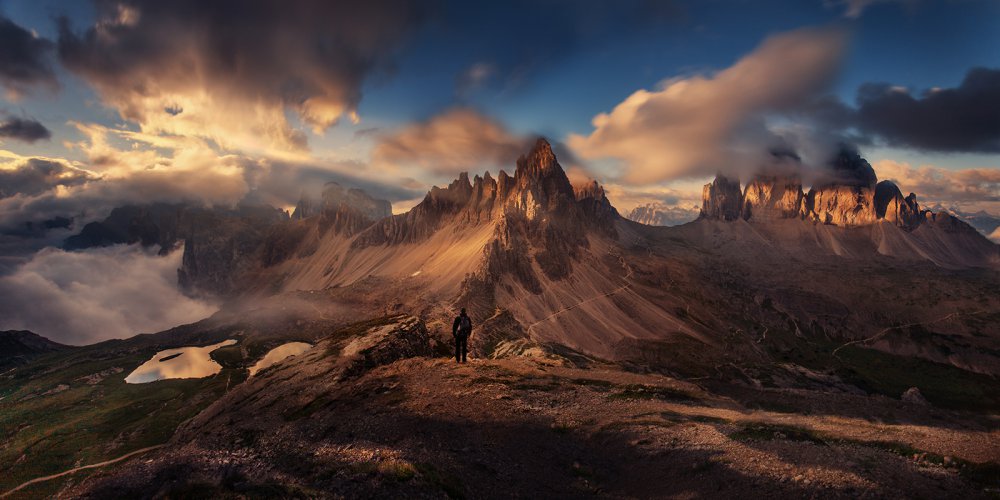
'Choosing your own way' by Siarhei Mikhaliuk
Composition is a harmonious (balanced) combination of all elements in the frame.
Composition is the harmony of light and shadow.
Composition is the attitude and understanding of the world expressed with the help of light lines, spots and forms. It is like harmony of notes in music, like rhyme in poetry and rhythm in dance. The visualisation of a composition determines the personality of the photographer.
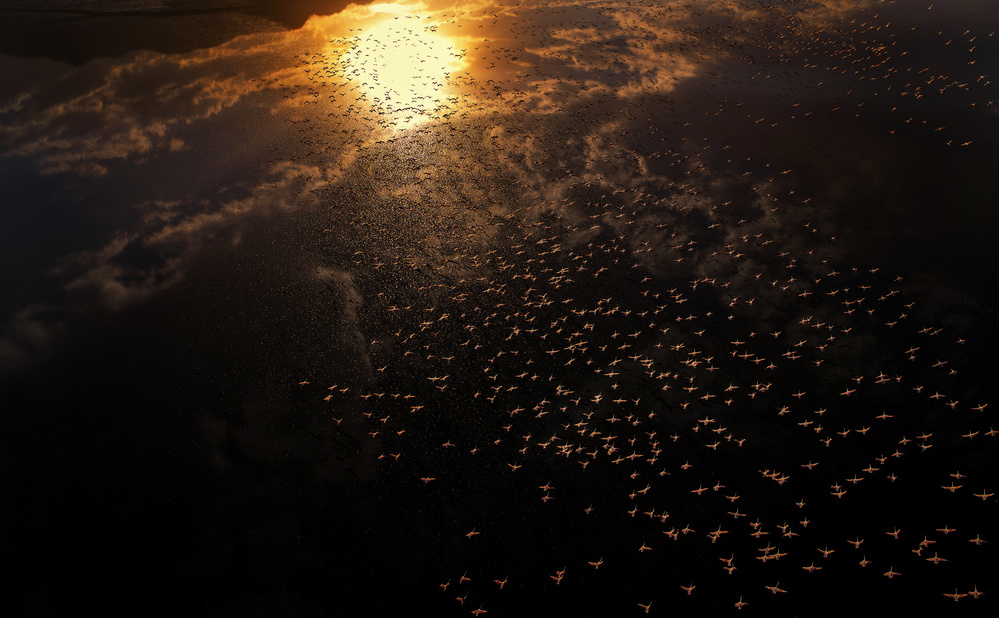
'Late flying' by Phillip Chang
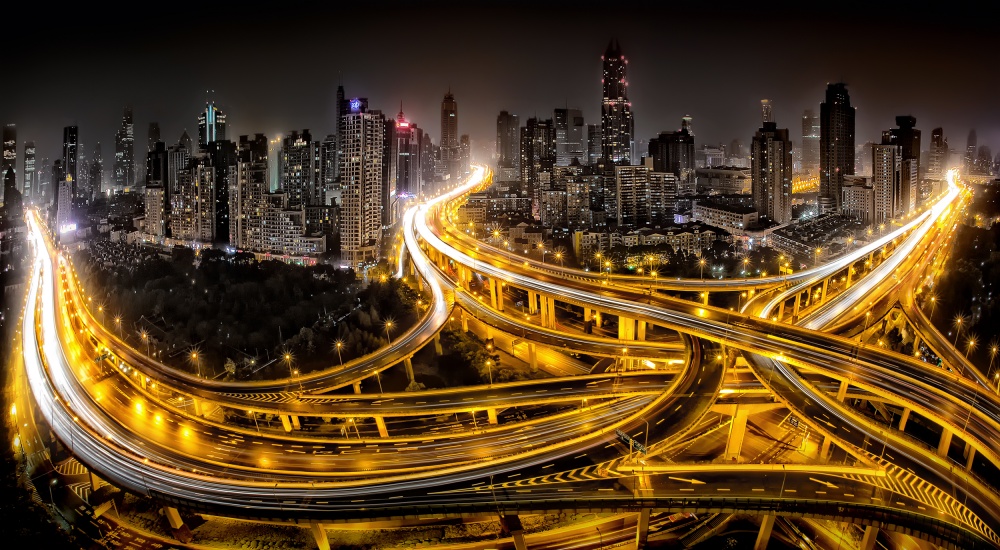
'Shanghai at Night' by Clemens Geiger
If we are talking about the skills of the photographer, we must definitely talk about composition. If you look at the photographs of famous photographers, you will see almost flawless compositions. I used the word - almost - because our understanding is not perfect.
In a good photo, all the lines and shapes are in harmony with themselves. You can observe the similarity even in different elements of the frame. For example; cloud shapes may have subsurface forms on the ground. In a good composition, everything is balanced even in opposites. Each object complements the other, each line of light and shadow does too and create a unique mood.
We call it a photo prospect.
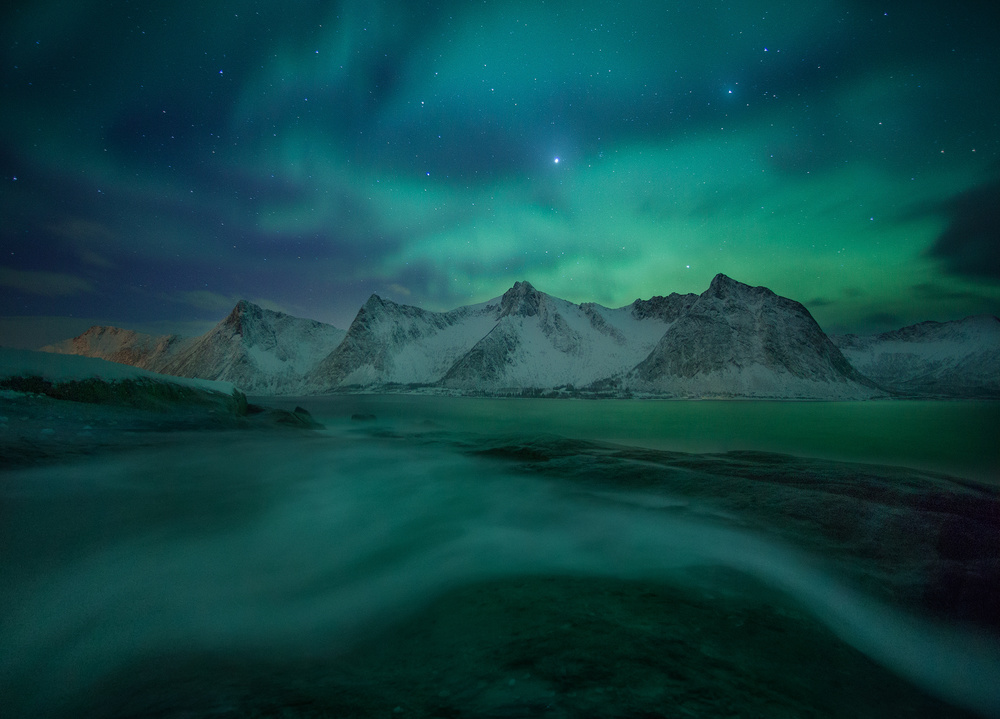
'Steinfjorden Magic' by Arild Heitmann
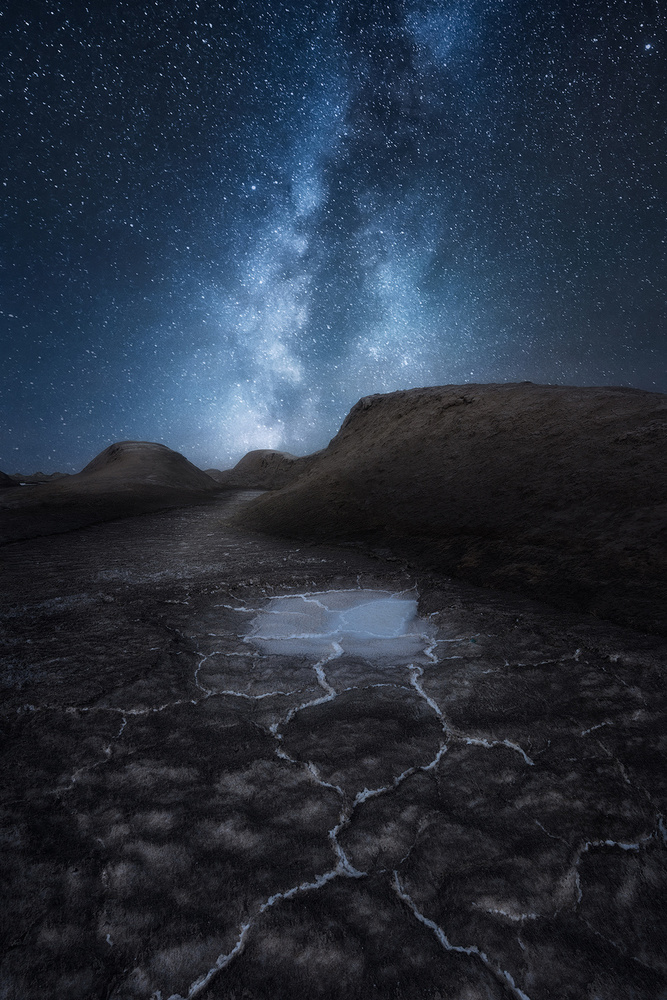
'Alien Planet' by Wenmin Zhang
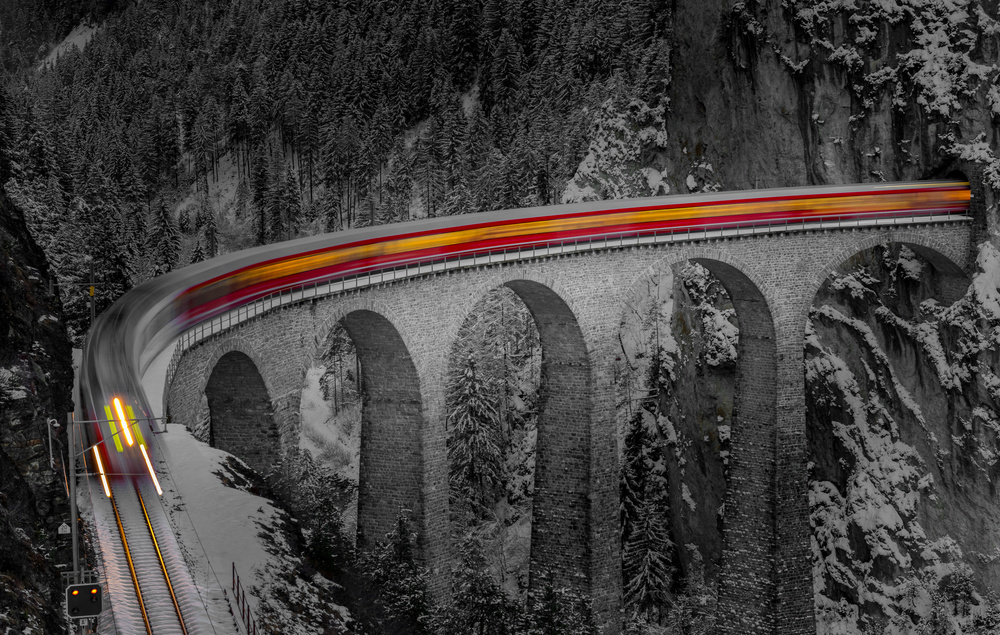
'Ghost Rider' by Andreas Agazzi
In good photography, we can see the movement of minor lines to the main forms, the laws of rhythm and contrast are fulfilled. There is a similarity and structure of elements. The human arteries look just like the branches and roots of trees, the rivers in Iceland, especially when viewed from above, are like a human hand. The structures of the earth resemble the skin of mammals. And then you understand that everything is interconnected in nature.
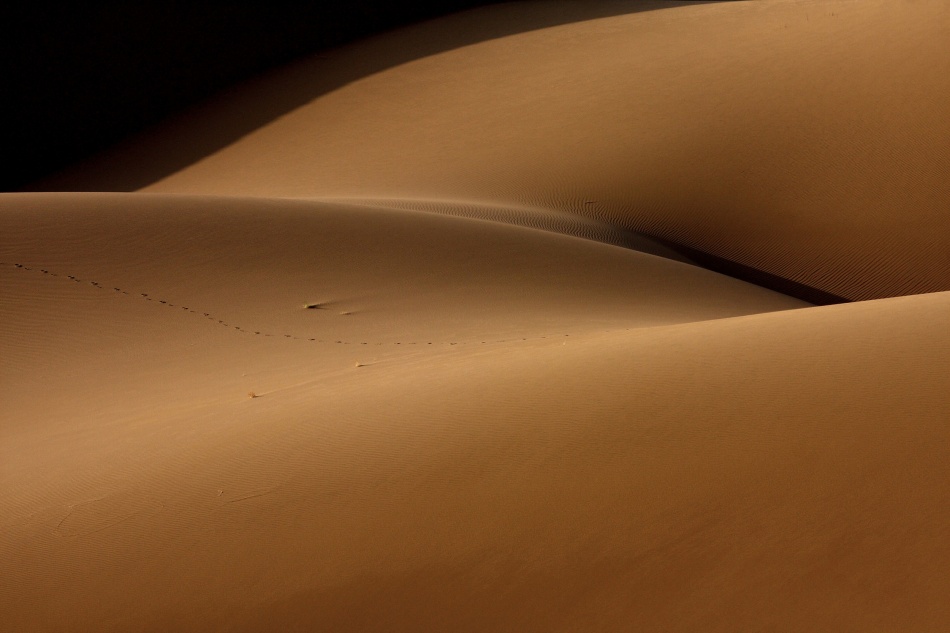
'Desert and the human torso' by Ebrahim bakhtari bonab
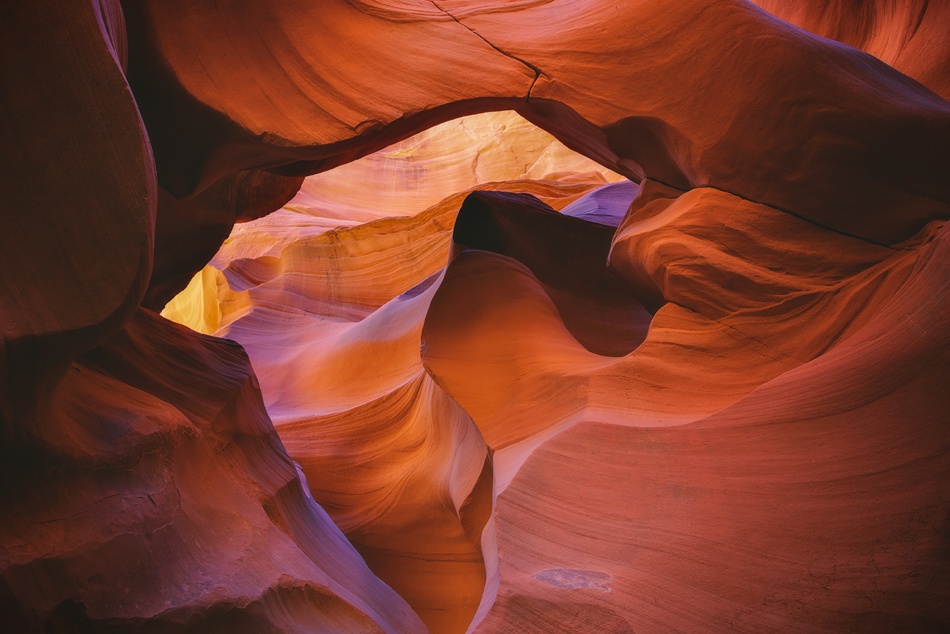
'Winding Passage' by Chris Moore
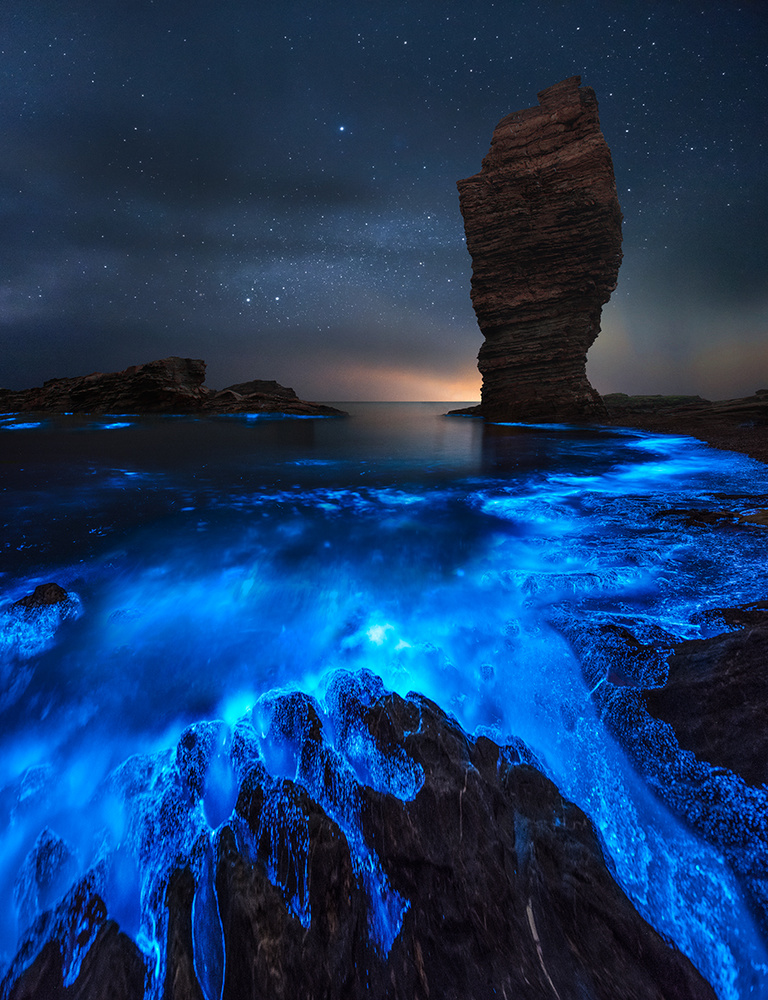
'Fluorescent Sea' by Shanyewuyu
We are different from plants but only in form, we are not identical but are similar to every cell in the Universe. Hence it becomes clearer why a person is called a microcosm. Photography taught me to observe carefully our world.
Travelling in this case is the motive and the camera is a way of concentration.
The more we see, the more we can observe structural similarities of living organisms.
Discovering harmony in the world and fixing the moment with our camera gives an understanding of the total entity.
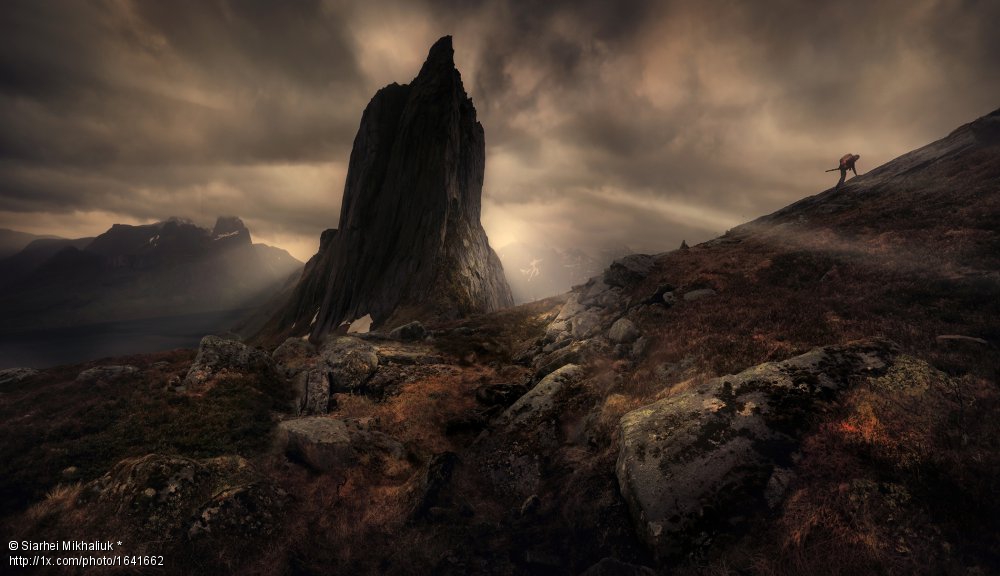
'The greatness of the peaks' by Siarhei Mikhaliuk
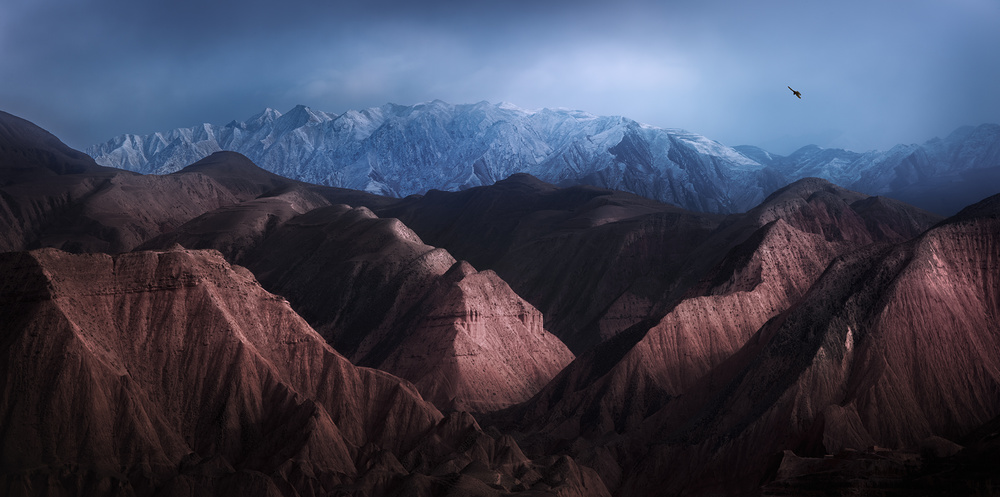
'The loess plateau' byShanyewuyu
Everything, absolutely everything is interconnected in this world. It is not by chance that we took a camera in our hands ... It is important for us to prove ourselves, to catch these harmonious combinations of the elements of living nature.
We need to strive for a solid vision. We need to see the total entity as if it was unfocused. It is necessary to look simultaneously at all elements in the frame and feel the interconnections between them in shapes and light spots. These relationships must be sought.
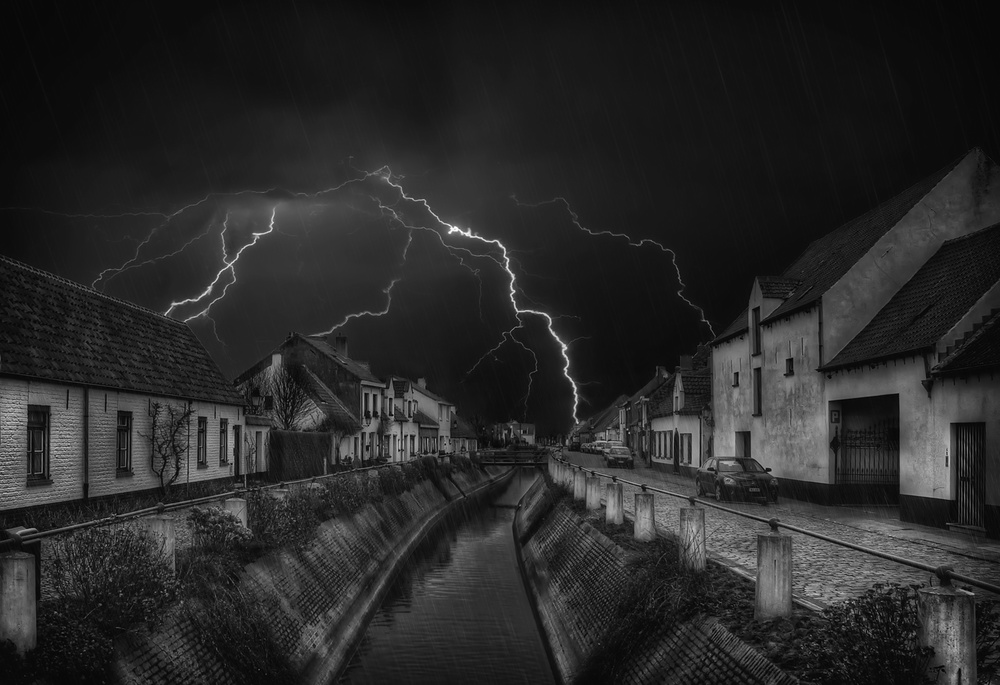
'Welcome rain...' by Yvette Depaepe
In the beginning it will feel difficult, but the more you practice the more everything will become elementary. The genius in photography differs from the amateur only in perception. The acuteness of perception is acquired by practising.
First impressions are always solid. With the first glance, we perceive people, space, light, shadows or a masterpiece in the art gallery. And if we are interested, we will be immersed in the details. Consider them and if we really like the details too, then … WOW, THIS IS IT …!
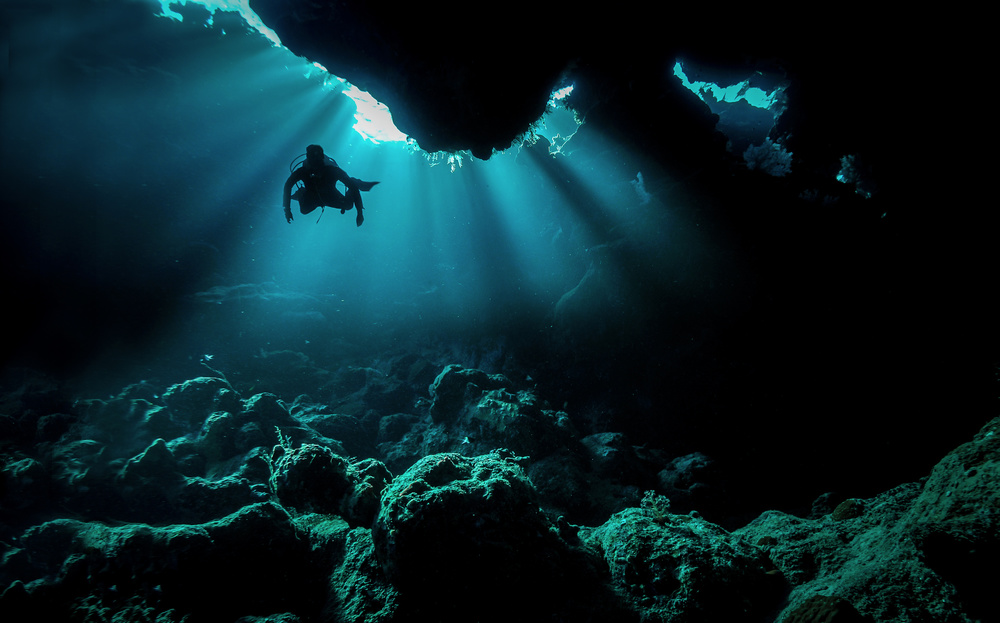
'Visit to Aliens' by Dmitriy Yevtushyk
Such moments change us. From this experienced feeling in our head, thoughts start to rush, we suddenly realize either our inconsistency or a huge impulse to progress. That is the power of true art. At such moments, you want to throw away your camera and delete your photos, and start shooting differently.
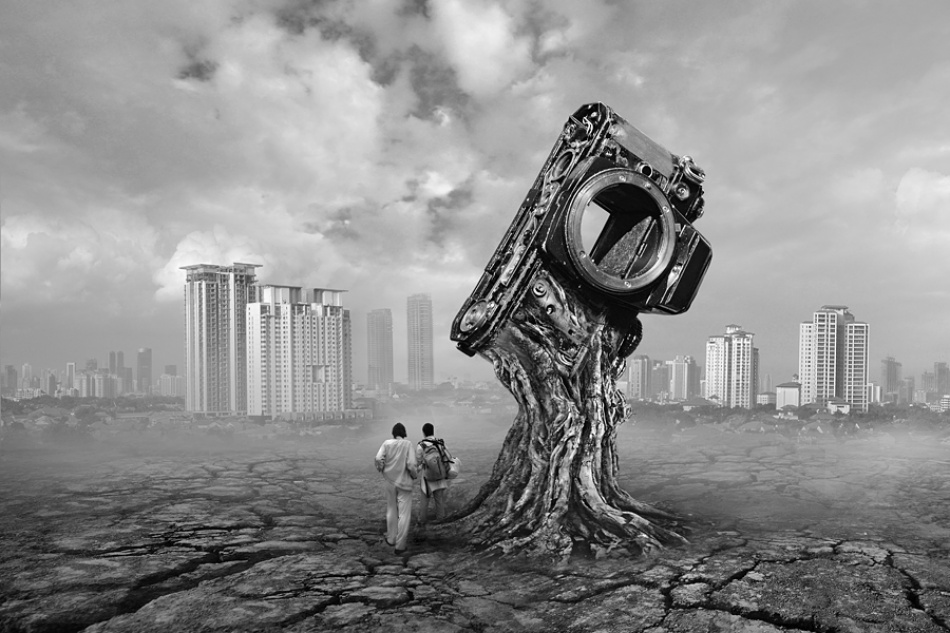
'Stand Still' by Harris Rinaldi
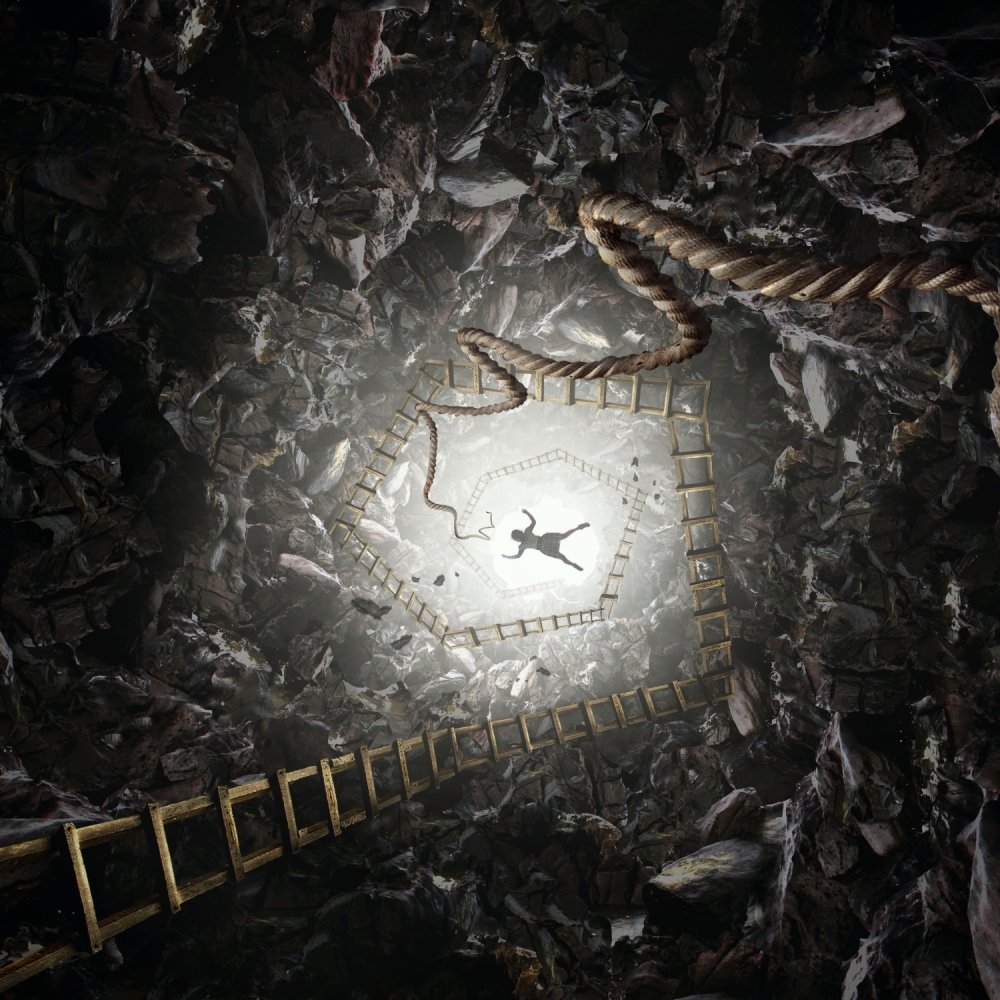
'mission failed' by ivan valentino
Once upon a time, on the way of becoming myself as an artist, I painted pictures. I especially liked the details, writing them out on canvas.
I was fascinated by the details that I forgot about the entity. I was becoming blind to the overall vision, and today I can clearly see it in my “works”. There was no harmony in composition, just details.
On the other side, there can be lots of harmony in details.
Just look at macro photos to see that the veins of the smallest leaf are like the wrist of a human hand.
Macro photo is self-sufficient. A landscape consists of 1000 macros and we need harmony between each of them.
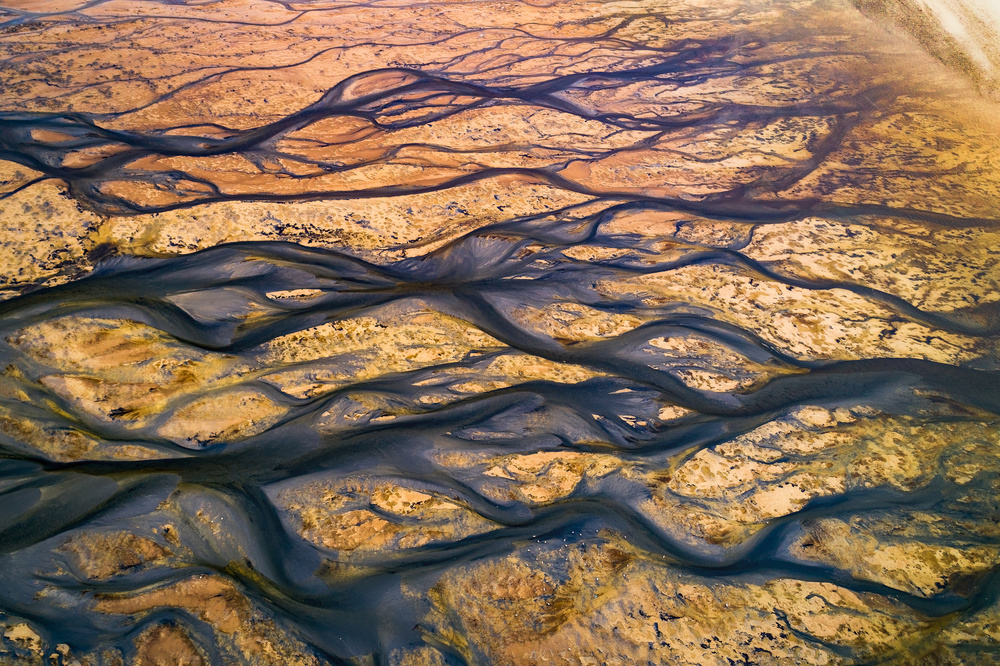
'The Black Rivers' by Faisal Alnomas
 | Write |
 | Yvette Depaepe CREW Fine study about the synergy between compo and the elements, Sergey! Cheers, Yvette |
 | Siarhei Mikhaliuk * A lot of what I heard from early childhood is only now understood deeply.
Today it is obvious, it disturbs and fills my soul.
Thank you for your understanding! Thanks for the work! |